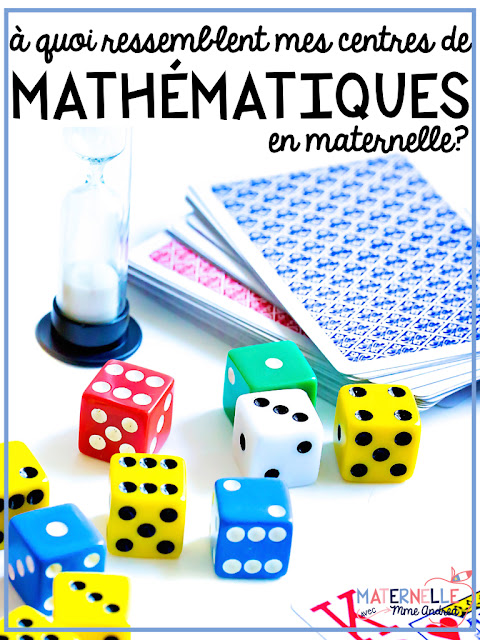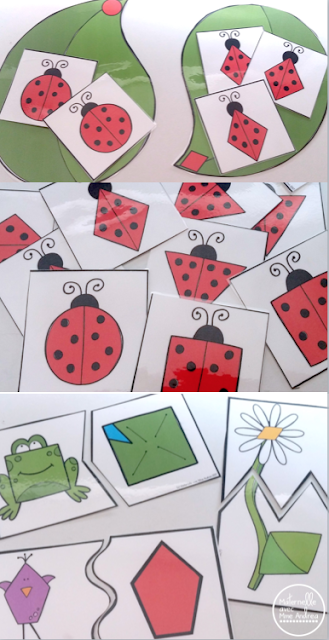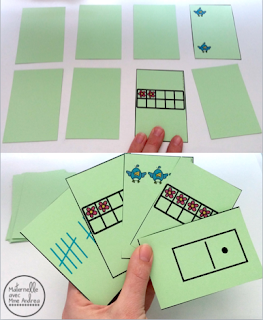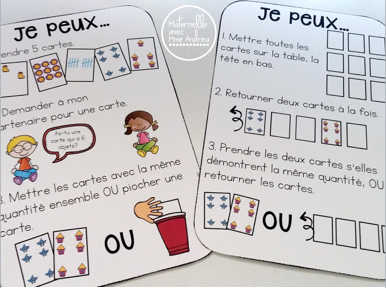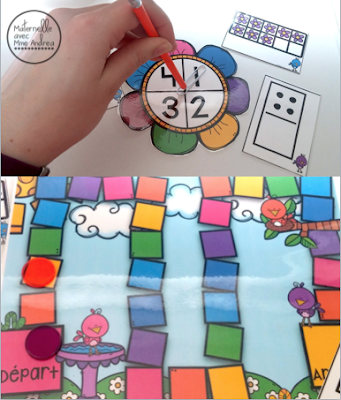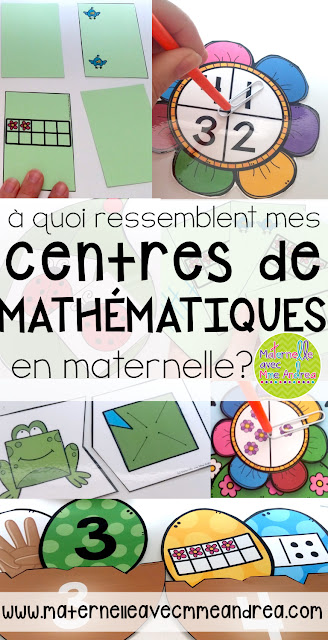Do you run math centres in your classroom?
I do!
However, they look VERY different from my literacy centres, so I thought I would pop in today and share what I do.
The main reason that my math centres are so different from my literacy centres is because of one simple thing…
TIME!
I only get an hour of math time a day, and it always ends up being cut short because of music or gym. I teach math via a workshop model, so by the time we warm up, learn our new concept, do our hands-on activity with our partners, do our independent work, and then regroup and share, there are usually only 10-15 minutes left in our block.
We simply don’t have time to do math centres in the same way that I do literacy centres! So, what do I do to make sure my students have lots of opportunity for independent, hands-on learning and exploring? Read on to find out!
Unlike my literacy centres, my math centres are free choice. My students choose which activities they want to do, and who they want to do them with. I do not have a rotation board, and there is no requirement for them to try every activity – although, they often do. But, if they pick the same bucket day after day, that’s okay with me.
I currently have six choices. I have five blue buckets like you see in the picture below, plus one giant orange bucket that holds our big blocks. I switch out what is inside them every now and then, but most of the choices aren’t season-specific and are very open-ended, leaving tons of potential for my students to change up what they do with the material.
 |
| Yeah, they used to be in order from A-F…not anymore. Quite frankly, I don’t really care about the order hahaha. |
Most of the activities in the buckets don’t require any teaching about how to use them – they are for exploring and manipulating, and I don’t want to limit my students in what they may decide to use them for!
Here are a few examples of things that may be inside at any given time:
– number puzzles (matching symbols to quantities)
– cubes (snap cubes, base 10 cubes, etc.)
– magnetic shapes
– Knex (I found some super inexpensive sets on Amazon Prime day!)
– counting bears with pattern strips
– other counters (animals, fruit, etc. – whatever happens to be available in the library) with sorting mats and/or sorting trays
– pattern blocks
– tangrams
– 2D/3D shapes
– seasonal manipulatives (Scholastic often has some)
– materials for games that we learned during Math Workshop – spinners, 10-frames, etc.
I also usually have a bucket or two of seasonal activities and games that do require teaching. You probably already know that I like to make things seasonal so that my students think they are playing different games, when really there are just different images ;)
I have a few new Spring centres up in my TPT store, and they will be added to my buckets gradually throughout the next couple weeks. I am mostly done teaching new material, and we are spending the rest of the year practicing, practicing, practicing!
Number sense is HUGE for kindergarten, and for us, there is a huge jump between kinder (numbers 1-10) and grade one (numbers 0-100). I want to make sure that all of my students have their numbers from 1 to 10 down pat!
Here are some examples of the centres I will be adding to our buckets in the coming weeks:
These aren’t about number sense, but we haven’t specifically done shapes since the beginning of the year, so I wanted to make sure that my students weren’t forgetting about them! Plus, I found the cutest clip art evvvvver to make these. Aren’t they adorable?!
The ladybugs are for sorting. Each leaf has a different shape, and students will make sure that all of the ladybugs find the correct leaf.
The puzzles are pretty explanatory. Students will match the shapes and the themes (frogs + lily pads, birds + shapes, daisies + leaves).
My students still need practice comparing sets. This card game is a fun way to do it. It is a lot like the card game “War,” but with a little twist.
Each student draws a card, and then they decide together which card shows more spring objects, and which has fewer, and put them on the correct side of the mat. Then, using a pencil and paperclip, students will spin the spinner to see who wins – more isn’t always better! ;) The winner gets to take both cards to add to their deck, and students keep playing until one student has all of the cards.
Memory/Go Fish for subsidizing
One outcome that we have for K/1 is being able to recognize groups of 1-10 objects or dots at a glance. We do fluency cards together every day, but it is also easy to use simple card games to practice that skill. The images on these cards are grouped specially to help students recognize “how many?” both quickly and efficiently.
We use the same cards for Go Fish and for Memory – I just switch out the “I Can” card.
Jeu de l’oie – nombres 1 à 10/formes
Everyone knows how to play board games! This one is suuuuper simple. Students draw a card. If they can identify what’s on it (a number, a quantity, or a shape), they can spin the spinner and move ahead. If not, their partner can tell them and the card goes back in the deck for another try.
This one isn’t a puzzle quite like the shapes ones, but same idea. Students will lay out the birds nests, and place each egg in the correct nest. Adorable!
I used to feel really stressed about not having enough time to do “real” math centres, with a rotation and everything. But, you know what? I actually like this even better! I don’t have a lot of time to give my students free choice to explore and play (no play-based kindergarten in NS), and I love seeing what they come up with as they work together to build and problem-solve. So I say, do you, and do what you have time for!
You know your students best :)
If you are interested in purchasing any of the Spring math centres pictured above, just click on any of the images to be taken to that centre in my store. Or, CLICK HERE to see the whole spring centre bundle – and get all 5 centres for just $10!


